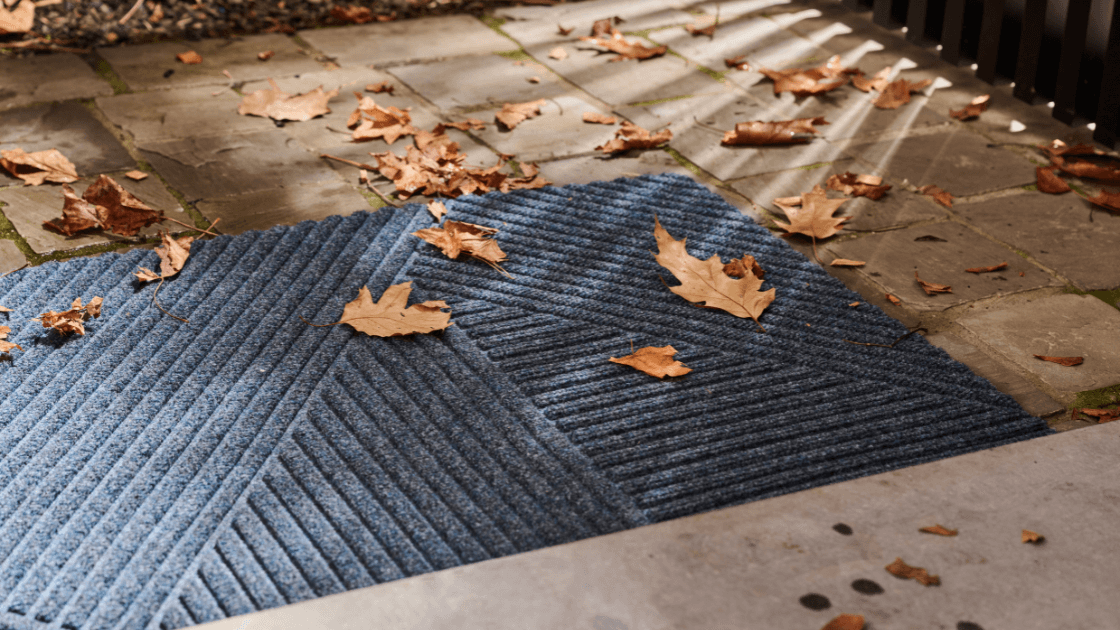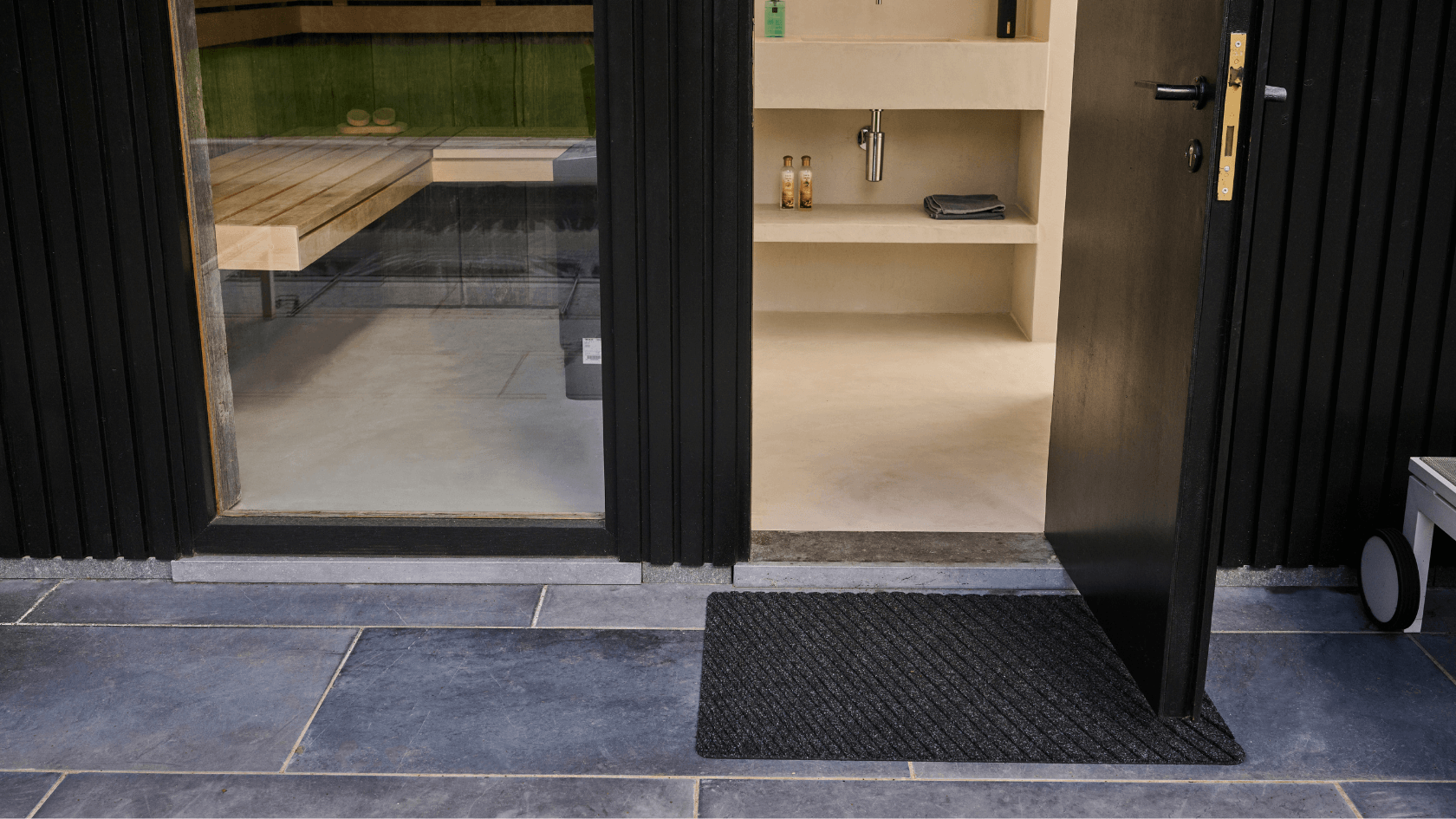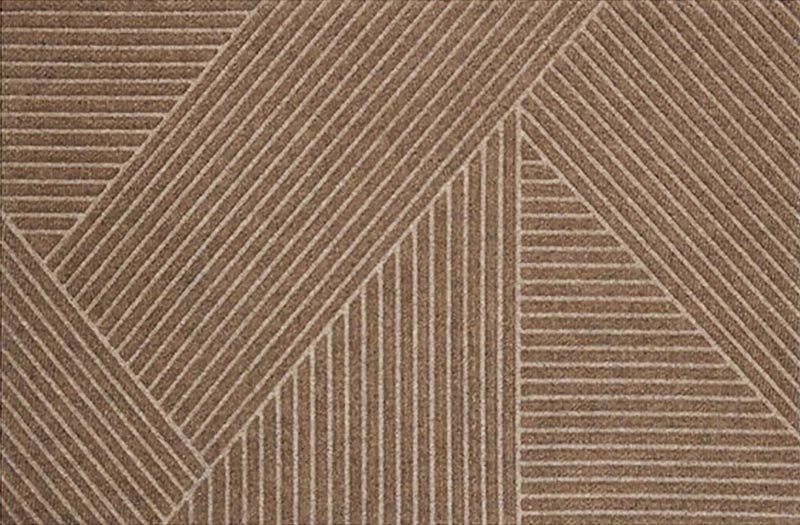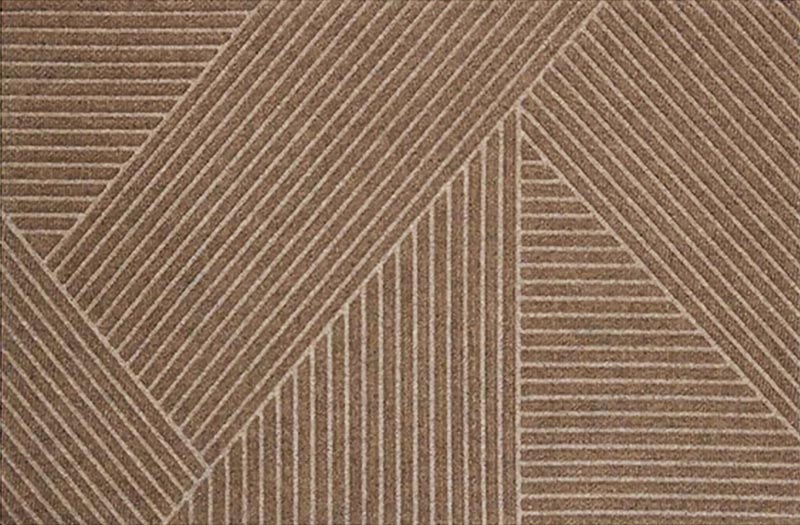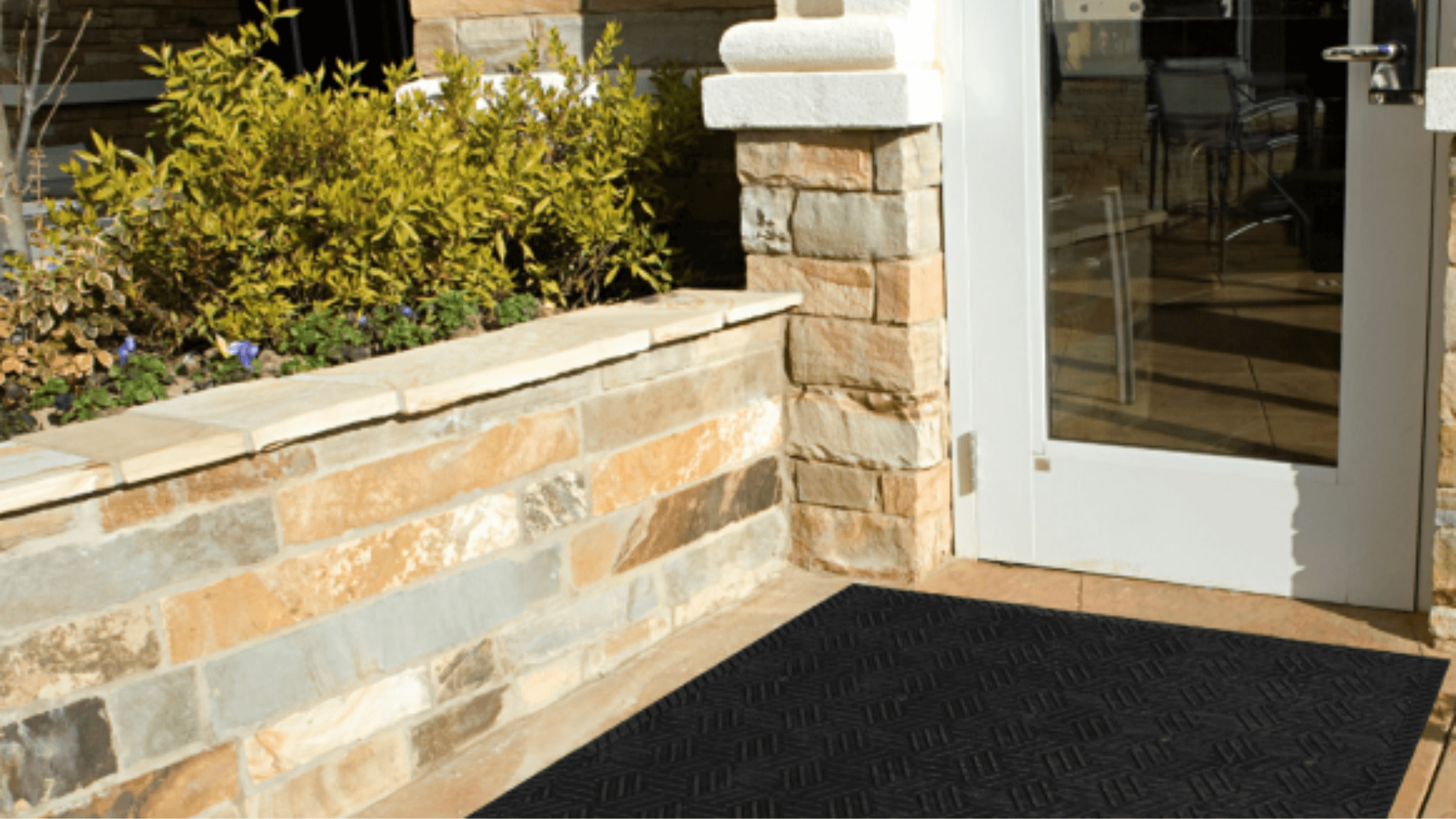
Can You Put a Doormat Outside? - Location Matters More Than You Think
Welcome back friends to the neighborhood, the only place on the internet where you can get all your questions about doormats answered. Today we're tackling a question that seems simple but actually needs some serious attention – where exactly should you put that doormat outside?
Before we do a deep dive into doormats outside make sure you read our article first: The Truth About Weather-Tested Outdoor Doormats
Commercial buildings require specific mat placement guidelines. Their entrance areas need matting that covers at least 8 steps to remove dirt from shoes effectively. A homeowner's understanding of mat differences is vital – outdoor versions scrape shoes and trap dirt, while indoor mats absorb moisture and catch finer particles.
Let us guide you through the best outdoor doormat selection and placement. Your entryway can stay clean and welcoming with the right mat choices and positioning. We will show you how to pick materials and place your mats to keep your floors spotless.
Can you leave outdoor mats in the rain?
Your outdoor mat's durability in rain depends on what it's made of and how well it's built. Synthetic materials like rubber, PVC, nylon, and polyester stand up really well to water. These materials keep mold away and stay strong even when wet.
Natural fiber mats from coir, sisal, or seagrass soak up water fast and might fall apart with regular rainfall. The amount of rain exposure makes a significant difference – light showers won't hurt much but heavy downpours can cause damage.
What happens when doormats get too wet?
Rain can damage your doormat in several ways:
- The colors fade and change, especially from acid rain (if you get it)
- Soaked fibers start breaking down
- Rain carries dirt that leaves stains
- Wet conditions lead to mold growth
- Metal parts like wire brushes start rusting
Quick care tips for wet doormats:
- Get rid of extra water right away
- Let it dry completely somewhere with good air flow
- Run the vacuum over it once dry
- Clean spots with mild soap if needed
- Baking soda helps remove odors
The best way to protect your mat during heavy rain or long wet spells is bringing it inside or covering it up. Notwithstanding that, quality outdoor door mats built for wet weather can handle some rain without much damage.
Can door mats get wet?
Different doormat materials react differently when they get wet. You'll make better choices for your entryway if you know these differences.
How do different doormat materials handle moisture?
Synthetic materials work better at managing moisture. Nylon dries faster and stays effective even when wet. Microfibre absorbs water really well and dries three times faster than cotton materials. Rubber and PET (recycled plastic) mats also perform great in wet conditions because water can't penetrate them.
What happens to natural fiber doormats when wet?
Natural fiber mats need extra care when they get wet. Coir doormats are popular but face these problems when wet:
- The fibers swell and lose their shape
- Mildew grows and creates musty smells
- The fibers break down faster
Which materials dry the fastest?
Modern materials dry amazingly well:
- WaterHog mats use bi-level construction so moisture evaporates quickly
- Their raised "water dam" edges stop overflow
- The surface contours catch dirt while water drains down
How can you prevent moisture damage?
These steps will protect your doormat from too much moisture:
- Raise the mat slightly to help drainage
- Look for mats with holes that let water flow through
- Choose mats with waterproof rubber backing
Weather plays a big role in how fast mats dry. Good airflow and ventilation speed up drying and stop mold from growing. Sunlight helps mats dry faster and naturally kills bacteria.
Drainage mats made of rubber work best in wet conditions. These mats have honeycomb-style holes that let water and dirt pass through, which keeps the surface safe and slip-free.
Synthetic materials like polypropylene and PET manage moisture better because of their closed-cell fiber structure. Water disperses through these fibers and they dry substantially faster. Traditional materials like coir soak up water and take longer to dry.
What doormat is best for outside?
Truly tried and tested “WaterHog doormats” are always going to be your best choice, luckily for you we have a collection made to be stylish for your home, so don’t be shy and take a look ;)
What's the bottom line on outdoor doormats?
A doormat selection and placement might seem straightforward, but several factors determine how well it works. Quality doormats serve as your home's primary defense against dirt, moisture, and debris.
Synthetic materials like rubber and PET provide the best protection from rain and heavy use. Natural fiber mats like coir do a great job scraping shoes clean but require extra attention during wet seasons. Your area's climate significantly influences the ideal mat choice.
A truly functional waterproof outdoor doormat needs:
- Protection from the elements whenever possible
- Materials that match your weather conditions
- Consistent cleaning and upkeep
- The right size that fits your entryway
Many homeowners use a dual-mat system that works wonders – a durable outdoor mat removes the original dirt layer, while an indoor mat catches leftover debris. This setup keeps floors cleaner and helps both mats last longer.
See you guys around the neighborhood, but possibly sooner than you think go and check out our article: The Truth About Weather-Tested Outdoor Doormats

